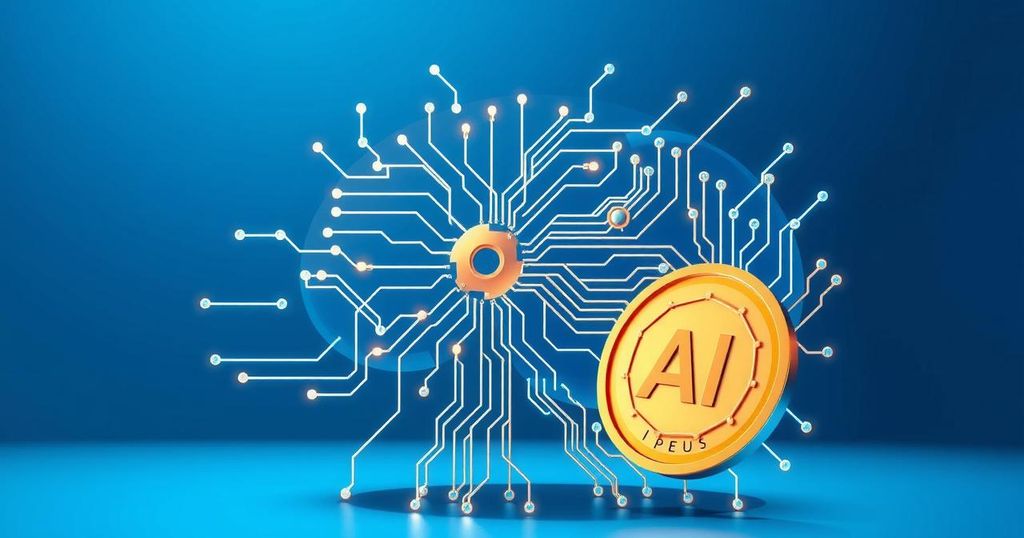NICE Framework Adapts to Artificial Intelligence’s Impact on Cybersecurity Workforce
The NICE Workforce Framework for Cybersecurity is being updated to include AI-focused competency areas and work role modifications. As AI becomes integral to cybersecurity, NICE is engaging with various stakeholders for feedback and input on the framework. A shift towards understanding AI’s impact on cybersecurity roles and responsibilities is crucial for the future workforce.
The NICE Workforce Framework for Cybersecurity underwent a significant revision in November 2020 to enhance the framework’s flexibility and adaptability in light of emerging technologies. This update, released as NIST Special Publication 800-181 rev.1, aims to better reflect the evolving landscape of cybersecurity work, particularly the influence of Artificial Intelligence (AI). It looks to meet the challenges posed by new technology in the cybersecurity space.
The National Initiative for Cybersecurity Education (NICE) has actively sought input from a variety of stakeholders—from federal agencies to education and certification providers—about how AI will reshape the digital workforce. Notably, NICE has facilitated discussions through events like the 2023 webinar on generative AI’s impact on education and workforce dynamics, paving the way for insights that will carry into future conferences.
Moving forward, NICE is honing in on two main areas where AI will fit into its framework. First up is the new Artificial Intelligence Security Competency Area, which details essential knowledge and skills required to navigate the intersection of AI and cybersecurity, including the associated risks and opportunities. This segment is currently open for public comment and leans on an array of resource materials, including the AI RMF 1.0 from January 2023 and various initiatives supported by the CHIPS and Science Act of 2022.
The second focus is a revamp of Work Roles. While the Competency Area offers foundational statements regarding knowledge and skills, NICE plans to update existing roles and possibly create new ones to fully integrate AI-related tasks. Input from the community is encouraged, as AI’s influence on strategic workforce development will be crucial in adapting to this change. Legal and regulatory implications must also be considered to identify risks and seize opportunities that AI presents.
As AI evolves, the cybersecurity workforce must brace for new challenges. There’s the need to protect AI systems from cyber threats while also defending against the potential misuse of AI for malicious purposes. Therefore, NICE will implement task statements related to AI across newly developed roles, ensuring that new technologies don’t only pose risks but also serve as tools to bolster cybersecurity effectiveness.
At the same time, AI stands to enhance cybersecurity functions, such as improving data analysis and anomaly detection in networks. This means that as we integrate more AI into cybersecurity, it’s vital to include the pertinent knowledge and skills needed for these advancements.
NICE is eager to engage with professionals and stakeholders in the field. If you have questions or wish to share your expertise, there are several ways to get involved. Participate in the NICE Community Coordinating Council or the Interagency Coordinating Council, join online events, or connect with the NICE Framework Users Group. For more questions or suggestions, reach out to NICE at NICEFramework[at]nist[dot]gov, and find additional resources at the NICE Framework Resource Center.
The NICE Framework is adapting to the growing influence of AI in cybersecurity, focusing on new competency areas and updating work roles. The framework aims to address both the risks and opportunities that AI presents to the industry. As NICE actively seeks feedback and participation from industry stakeholders, the evolving landscape of cybersecurity will indeed require a collective response. It’s essential for the community to engage in shaping a curriculum that meets these new demands head-on.
Original Source: www.nist.gov




Post Comment